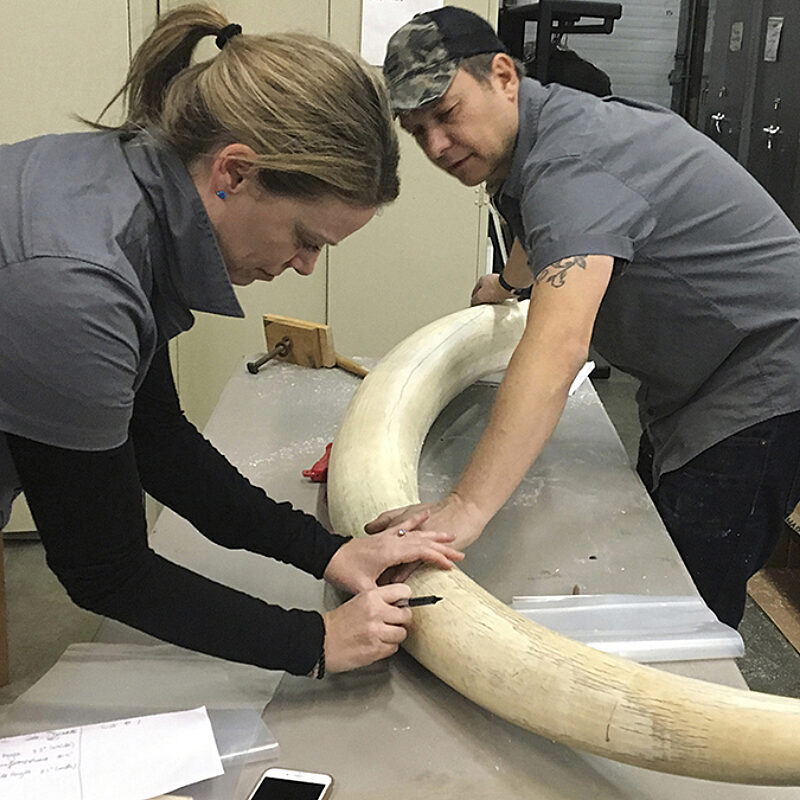A crowd gathers at a park in Mexico City. People wear Mexican clothes and play traditional music. At their feet, dozens of amphibians squirm through the grass.
These creatures are axolotls (pronounced ax-oh-lot’ls in English, and something close to ah-SHO-luhts in the Nahuatl language). The crowd plans to release them into the wild.
Pet axolotls often have pink skin. Wild axolotls are usually brown, gray, or black. All have friendly smiles. But these cheerful-looking amphibians have reason to be unhappy. They are nearly extinct. Conservationists in Mexico City work to save them.
Axolotls became critically endangered in 2006. That’s as endangered as a species can get before extinction. Some scientists predicted that axolotls would be extinct by 2020.
In fact, you can find wild axolotls in only one place: the canals of Xochimilco (so-chee-MIL-co) in Mexico City. Over time, these canals have dried up. Only a few remain, supplied with recycled wastewater. That wastewater sometimes contains toxic bacteria.
Dirty water is bad for axolotls. They breathe through their skin (as well as gills and lungs)! According to one conservationist, bad water has killed between 12,000 and 15,000 axolotls.
Six of Mexico City’s boroughs teamed up to protect the axolotls’ home. Conservationists help clean the water and make new channels where the creatures can swim. Over the past few years, they’ve created around 70 axolotl breeding centers. They release newly bred axolotls into nature.
If that silly grin isn’t enough, here’s another reason to save the axolotls. Scientists use them to study healing. Axolotls can regrow lost limbs and even organs such as the heart and some of the brain. But for the studies to continue, axolotls need to survive.
Why? God made amazing animals with amazing abilities. Sometimes, people’s errors and poor choices hurt those creatures. But people can also band together and help.



















